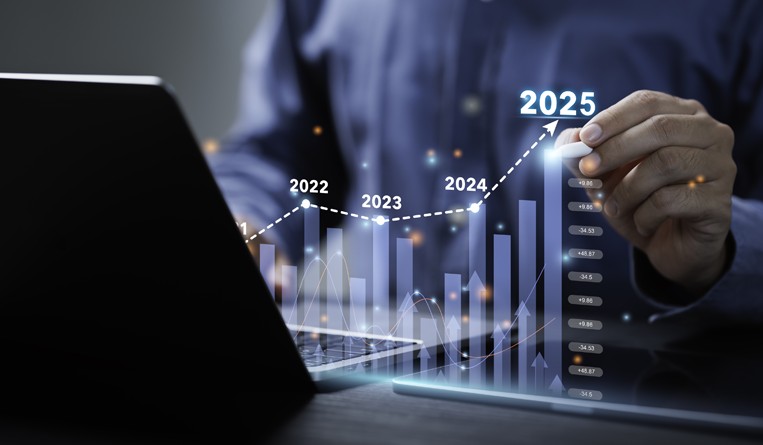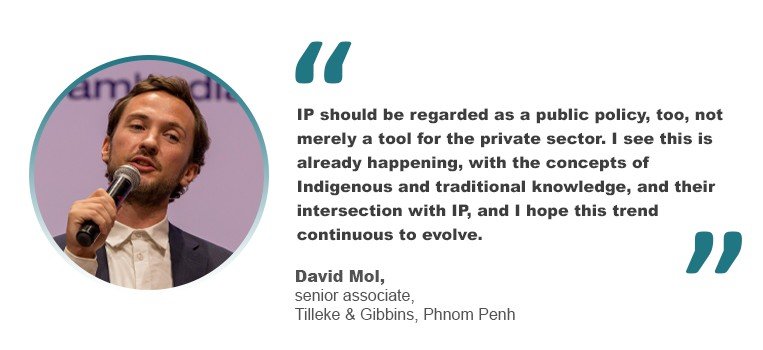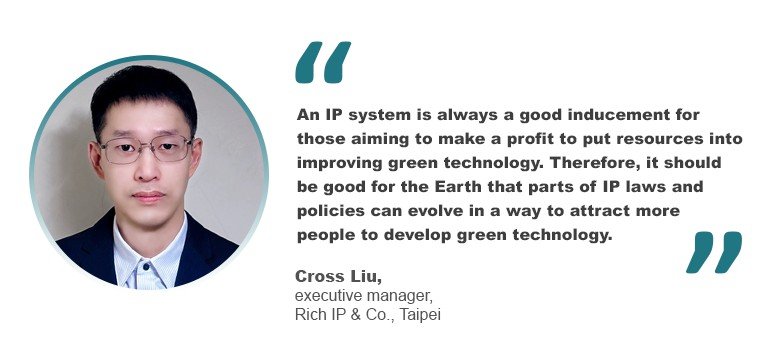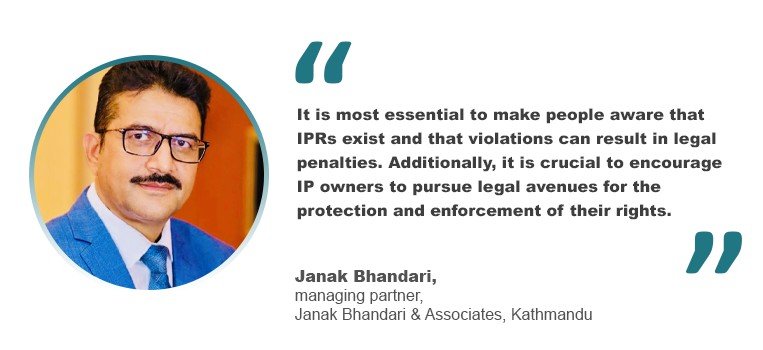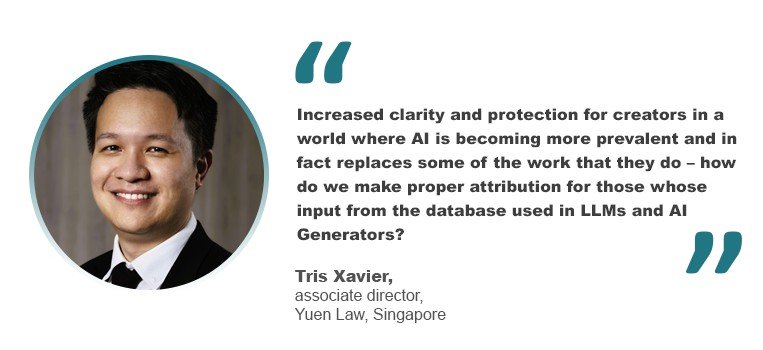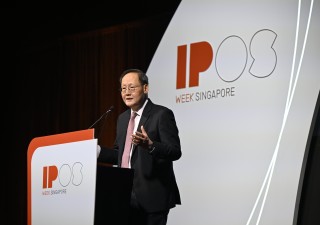For Tris Xavier, an associate director at Yuen Law in Singapore, it is about AI. “Increased clarity and protection for creators in a world where AI is becoming more prevalent and in fact replaces some of the work that they do – how do we make proper attribution for those whose input from the database used in large language models (LLMs) and AI generators? How do we continue to incentivize content creators to create content when AI is bringing the technical barriers down, and how do laws and policies help with that balance?” he said.
Changes and benefits
What changes in global IP cooperation would you hope to see in the new year, and what benefits do you think these changes could bring to businesses and creators worldwide?
According to Mol, making IP protection more affordable is essential. “IP is a valuable tool to ensure innovation, and to perhaps put a price on innovation,” he said, adding that there should be more accessible ways for smaller businesses and creators to be protected and enforce their rights. “Basically, using it to reward innovation and support investment in innovation.”
“I opine that the harmonization of IP systems among different countries (regions) will still be a big deal in the years to come,” said Liu. “As you know, each country may hope to establish its own IP system under the considerations including its economic development, technical level, industrial distribution, cultural characteristics, political situation and diplomatic strategies, and this may be why it is hard to harmonize IP systems among different countries. Even so, the primary IP offices (IP5) and World Intellectual Property Organization (WIPO) are still dedicated to realizing the harmonization, especially for procedural affairs. I go along with that the procedural affairs among different countries should be harmonized to the greatest extent because such a harmonization can facilitate the application or registration of IP rights in different countries without substantially affecting each country’s concerns. Therefore, it is glad to see more global IP cooperation in the harmonization of IP systems in the upcoming year.”
For Bhandari, “The world business was going down in the post-Covid-19 years, and the same also affected the world IP system. However, in the last couple of years, the global business has been reviving slowly. Therefore, I am expecting that there will be some changes in global IP cooperation in the coming year, and I believe that the same will be more helpful in increasing global business, and the IP owners will also get the easy route to protect their IP rights worldwide.”
“More regional initiatives to encourage cross-border IP cooperation would be helpful, such as collaboration between IP offices,” added Xavier. “Separately, unification at some level globally would go a long way. One easy place to start is trademark classes – oftentimes, differences in descriptors and even spelling lead to costs for clients (though great for trademark agents and attorneys). Worldwide synchronization would go a long way to helping clients have certainties in determining how to plan for costs.”
On IP enforcement strategies
“From the Cambodia perspective, there is a recent development that is very positive, in that Cambodia Customs is taking a much more active interest in IP enforcement, through adopting laws, and regulations, and very recently implementing a Customs Recordal system. We are yet to see if the actual implementation and execution of these new tools for Customs will lead to tangible results, but this is a great improvement in the overall legal system, and we expect this to lead to much more effective enforcement for Cambodia,” said Mol.
Liu noted: “In my opinion, what industries relying heavily on IP protection worry about in IP enforcement mostly relate to whether time-consuming litigation procedures can stop their loss in the IP infringement activities in time and how to calculate the actual damages for their loss with convincing evidence.”
“However, there is always a balance between two parties with opposite grounds (sometimes the pros and cons of the public may also need to be considered together) needed to be considered by the authority as making or amending the rules for IP enforcement, so it is not easy to solve the dilemma in a way that satisfies everyone. In recent years, I have observed that some authorities have made some rules which allow the judges to compulsorily request the accused party to hand in the information helpful for calculating the damages for IP infringement under certain circumstances because such information is mostly held by the accused party. I go along with the change because such rules make the balance move to a fairer position and also benefit industries relying heavily on IP protection,” he added.
Bhandari said: “Looking from my country’s perspective, the number of IP violations would increase through several ways, i.e. through online or internet shopping, squatting, counterfeiting, among others. Therefore, it is required to changes in the laws to protect and enforcement of IPRs. As well, my country Nepal is drafting the new IP law and the same will be passed by the parliament and will be enforced soon.”
“In a world with increasing globalization and access to online sales, it would be nice to see countries agree on a unified approach to dealing with ecommerce IP issues, including global parallel imports and distributorship agreements, and how far exhaustion can go as a defence where the mark is exhausted in a different jurisdiction. This would help agents seeking to bring in foreign products have greater certainty on how to structure their distributorship agreements and to factor in appropriate costs for among other things enforcement,” said Xavier.
Economic and cultural growth
In your view, what role will intellectual property play in fostering economic and cultural growth in 2025, and how can IP professionals contribute to realizing this potential?
“IP professionals must be able to concisely explain the value-add of IP to businesses of all sizes, but also communities of all kinds, universities, individuals and others,” said Mol. “For example, small business owners may not always understand the value-add of IP and the need to register IP, including sometimes investing in IP registrations. If IP professionals can bridge that gap, it should lead to more examples of smaller brands having value sitting in the IP, more designs bringing value or more patents bringing value. Ultimately leading to more innovation, as it can pay off to invest in this early on.”
“Regarding the economic growth of a country, I think that IP rights can play two different roles. First, it is unimaginable nowadays that businesses can be run in a country with solid IP systems without any protection of IP rights. Thus, IP rights can play the role of exploiting foreign markets. On the other hand, to prevent other countries from maliciously contesting or destroying the domestic economy, the second role of IP rights is to defend against various economic attacks. As for cultural growth, I think that IP rights can conduce various exchanges (including technical, artistic and cultural exchange) among different countries or regions, and such exchange is important to domestic cultural growth. To realize the potential, the IP professionals should assist in building and maintaining a good enough IP system and adaptively guide the IP policies to an appropriate position,” said Liu.
Xavier added: “The balance with IP law remains the encouragement of new creators to come forward and know their works enjoy some protection while protecting the goodwill and brand power of existing giants. IP professionals remain a valuable resource to guide clients on when to drop the hammer and (of course, subject to the client’s wishes) pull back and urge some restraint. The world is a richer place with more innovation and invention, and IP professionals with their salient and measured advice can be a helpful bridge for innovation to appropriately thrive.”



